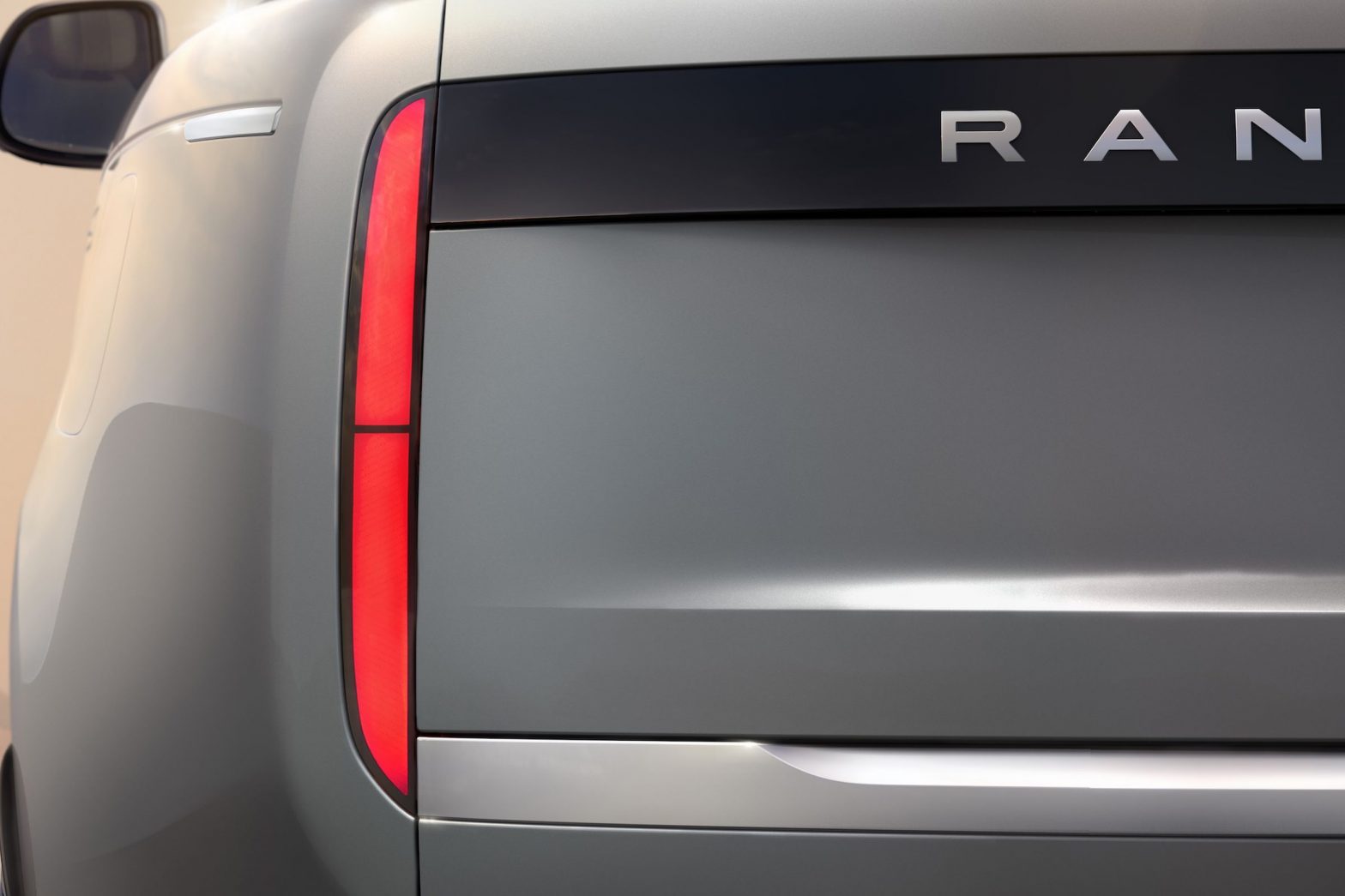/
As the ‘prototype testing phase’ starts, the Range Rover EV gets a waiting list.
Share this story
If you buy something from a Verge link, Vox Media may earn a commission. See our ethics statement.
:format(webp)/cdn.vox-cdn.com/uploads/chorus_asset/file/25159971/Range_Rover_Electric_Announcement.jpg)
Jaguar Land Rover (JLR) announced that it has opened up waiting list signups for its first fully electric Range Rover EV, along with a teaser video today.
The electric SUV, which it says will debut in 2024 (it had previously pegged a 2025 launch), is in the physical prototype phase. JLR says it’s still filing patents as the EV goes through what it calls “one of the most rigorous engineering sign-off programmes ever.”
JLR plans for the Range Rover EV to have performance similar to its existing V8 Range Rovers. The company says it will be capable of 800-volt rapid charging on public networks — that is, it carries the promise of charging up to 80 percent in about the time it takes to drop by a gas station and hit the restroom and take a leisurely stroll through the candy aisle. The infrastructure isn’t really there yet to support this, at least not in the US, but it should be eventually.
JLR says its first physical prototypes are being tested in temperatures as low as minus 40 degrees Fahrenheit and over 120 degrees Fahrenheit in disparate locations like Sweden and Dubai. The company expects that it can wade in 850mm-deep water, which, as Engadget notes, is just shy of the 900mm depth of the 2023 Range Rover, hybrid models included. It will be built on the Modular Longitudinal Architecture that JLR developed for its EVs and electric hybrids.
JLR announced earlier this year that it would invest about $19 billion over the next five years in tech for electric and autonomous vehicles, promising to be electric-first by 2030. Starting with a large SUV like the Range Rover makes sense for the company — we do love our big vehicles, don’t we? — even if it’s not the safest thing for those of us quite literally on the ground. (Pedestrians. I’m talking about pedestrians.)
